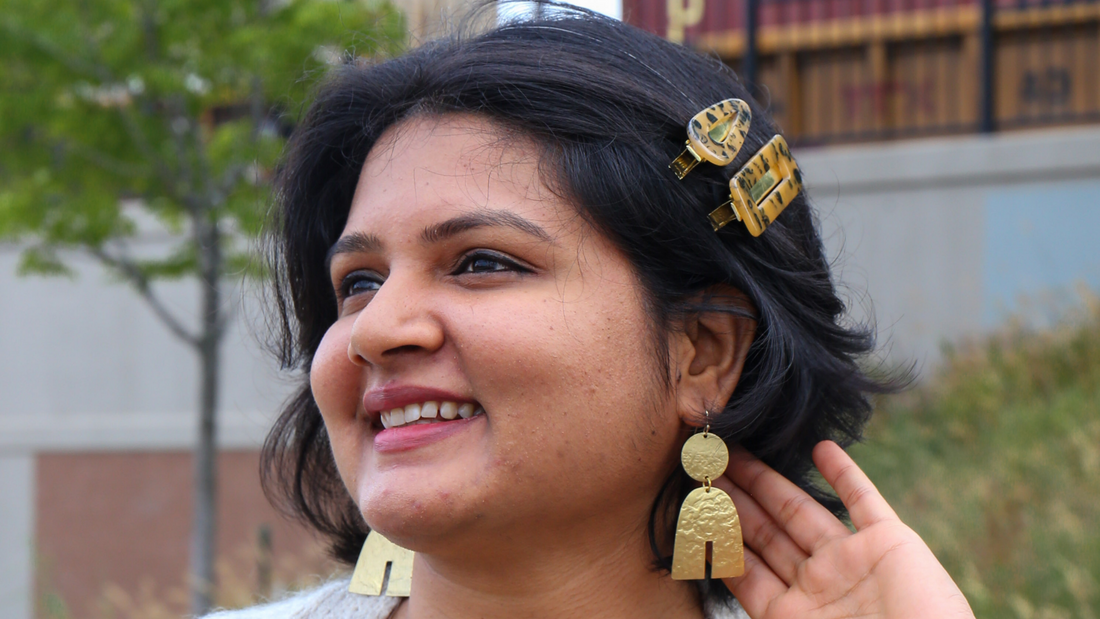Before the beginning of "fast fashion,” fashion was simply a form of self-expression. For fashion designers, this came as a means of showcasing creativity, innovation, and originality. For people who wore their designs, it was about showing personality and style.
It used to be that fashion trends could be distinguished in decades. What people wore usually reflected the prevalent zeitgeist of that particular era. Now? You need only to step inside a major retail store twice within a matter of weeks to see that most of the styles have been replaced.
Let's take a look at why fashion trends today move so quickly.
Big Business
It's no secret that the fashion business is a global, multi-billion dollar industry. Actually, that is highly inaccurate. The global fashion industry is valued at 3 TRILLION DOLLARS and accounts for two percent of the world's GDP, according to FashionUnited.com.
It should come as no surprise that fashion designers don’t solely dictate fashion trends. Instead, they serve as gate-keepers for the bigger picture. Designers (or design labels) tend to work in tandem with retailers, merchandisers, distributors, suppliers, etc., for their products to sell and become profitable.
So it makes sense that "fashion trends" seemingly come and go with a larger-than-life mystique and a FOMO sense of urgency. The more trends there are, the more that big companies can sell.
Today, marketing campaigns have become exponentially far-reaching and aggressive. Practically every major city on earth now has its own "Fashion Week.” And honestly, the most relevant driving force in creating fashion trends is rooted in big business and big money.
Trend Forecasting
Closely related to the ever-increasing value of the fashion industry is trend forecasting. Although the practice of trend forecasting has been around for over a hundred years, it is in only the late 20th to the early 21st century that it has risen to become an entirely new business of its own.
Most large fashion companies pay millions of dollars to fashion trend forecasters, who function as researchers for fashion brands to determine upcoming trends.
Again, the primary reason for this -- is profit. Most companies need to "predict" fashion trends as early as two years ahead so that they have time to prepare. This cycle includes purchasing materials, manufacturing products, warehousing, and much more. This process can take a long time. And businesses don’t want to spend all this time only to make a garment that’s not in style.
The bigger the brand, the more at risk they are of losing money, especially if they encounter snags in their business operations. Trend forecasting acts as a means to defray uncertainties.
Social Media, Influencers, and You
So, where do these trend forecasters get their data? Well, from almost everywhere, as it turns out. They scour through social media posts and fashion blogs, and they attend gatherings such as festivals and concerts.
Every era has its notable style icons, but today these icons come with analytics and metadata. A celebrity’s influence is measured in the number of social media followers, above anything else.
From there, it's a natural progression to use celebrities, style icons, and influencers to "predict" fashion trends.
However, the most significant factor in fashion trends will always be you--- the consumer. Trends will largely be influenced by what we choose to buy.
Now, more than ever, the average person has the power to go against the norm thanks to the same tools that large companies have: social media and the internet.
With these advancements, it has also become that much easier to support small, independent brands that cater to your sense of style. So be willing to return to the original spirit of fashion--- expressing individuality, celebrating art, and valuing creativity.
What is incredible that we have seen over the years is that people are demanding fashion to slow down. People are demanding that companies think about ethical manufacturing and creating sustainable products.
So the next trend we may see is not fast fashion, but ethical fashion -- because of people like you.

